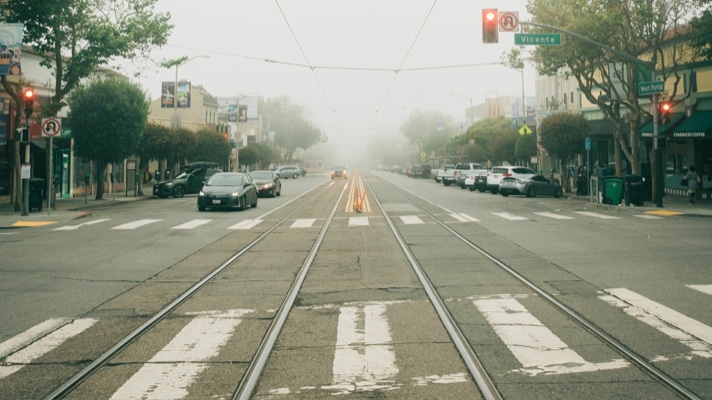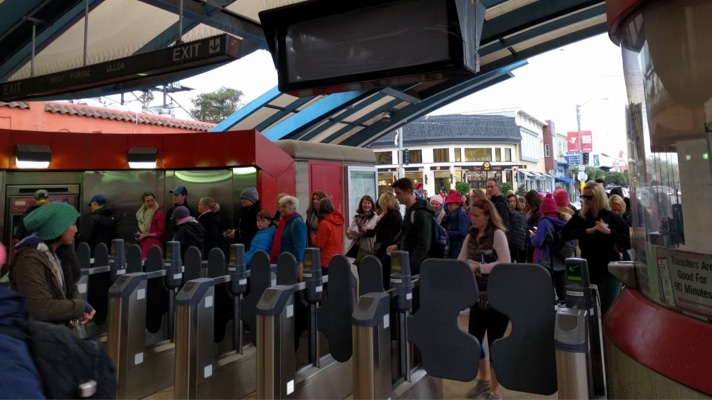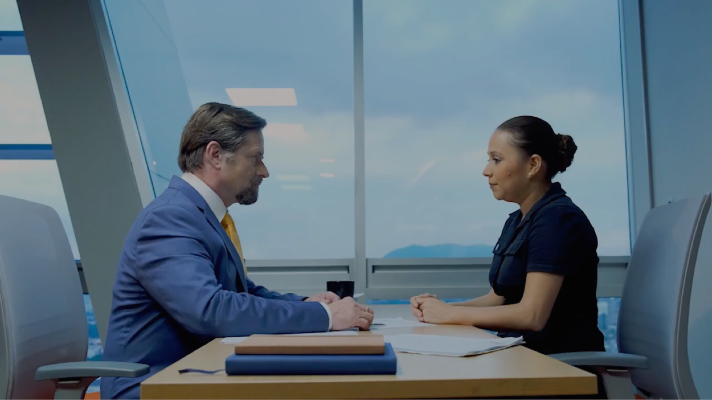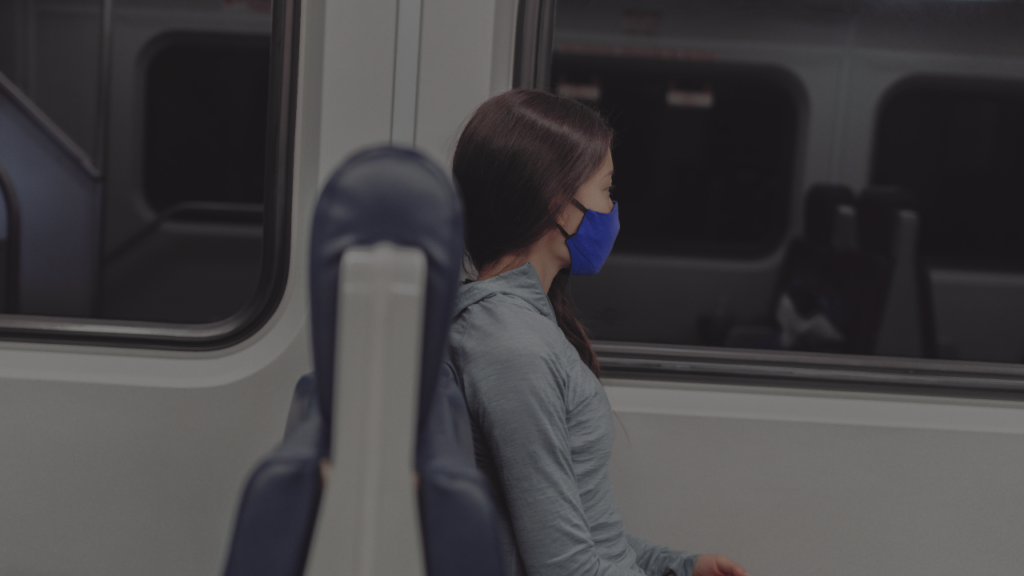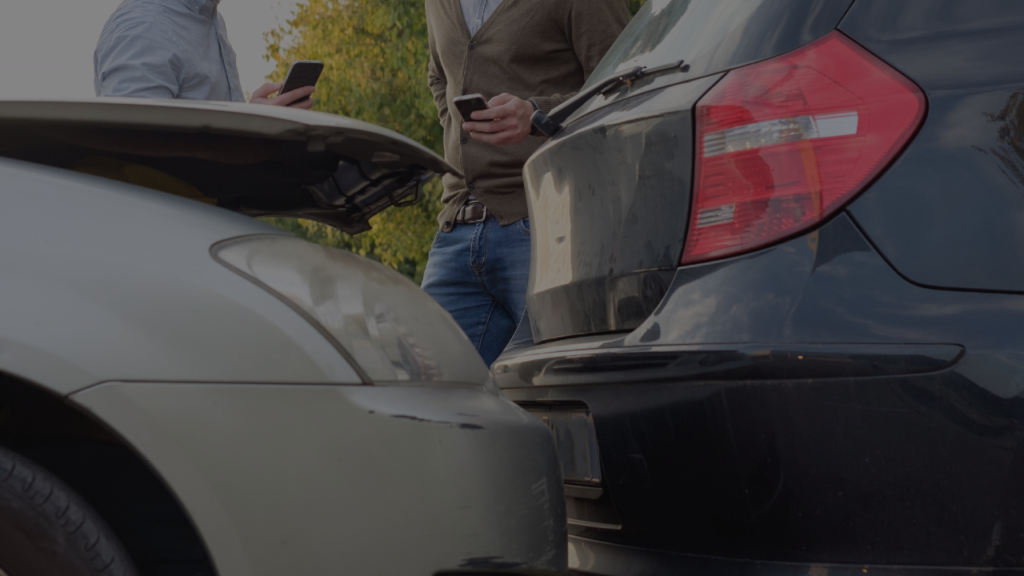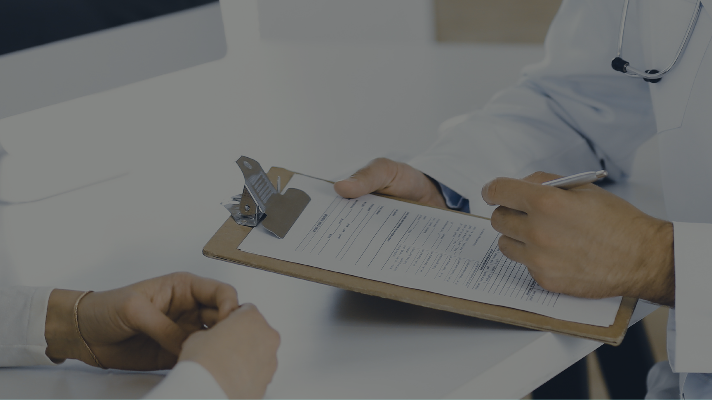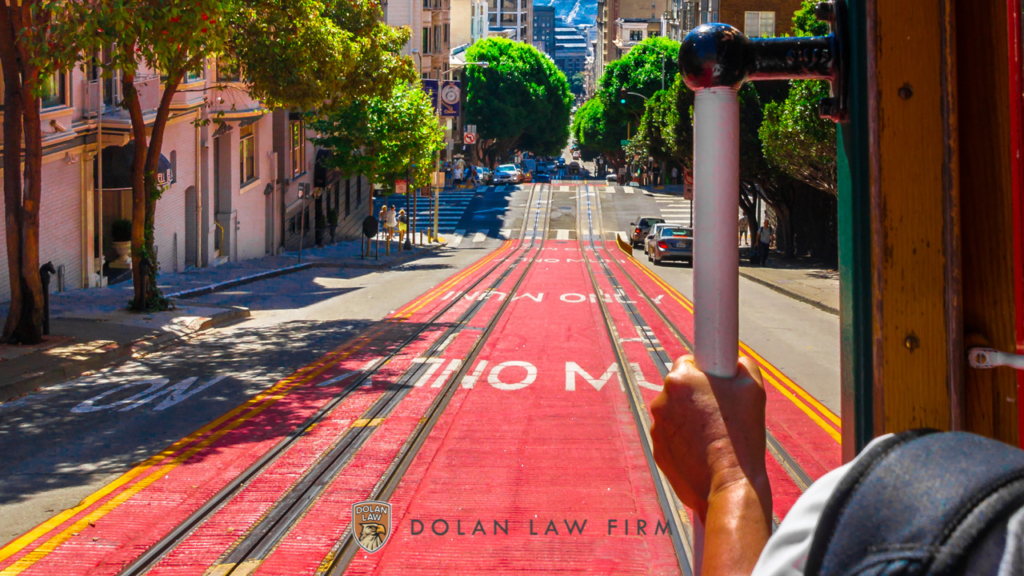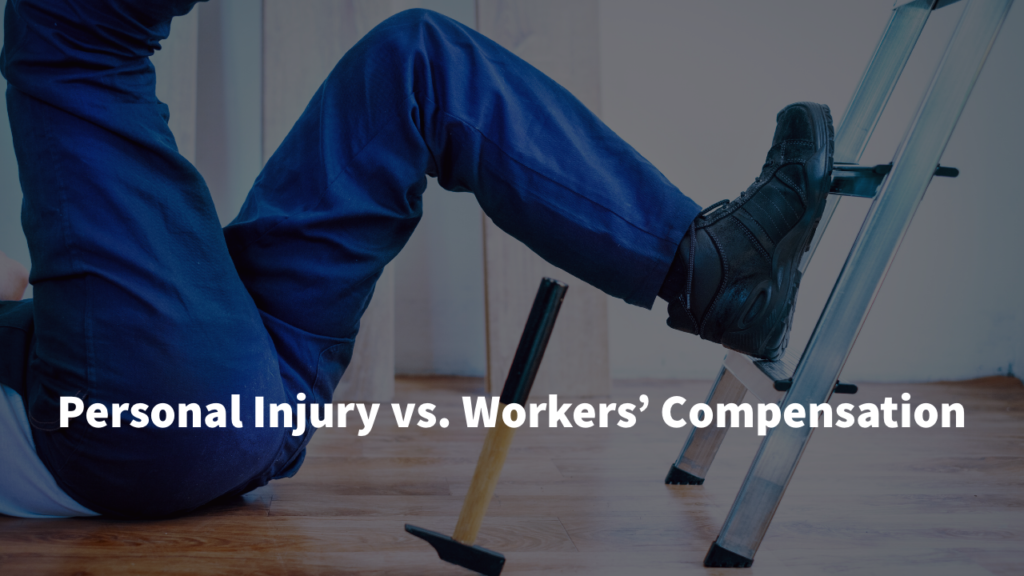Distracted Drivers Increase the Chances of Deaths and Injuries in California and U.S. Roads
Written By Christopher Dolan and Jeremy Jessup This week’s question comes from a Daly City resident who asks: I recently received a call from my son, saying he was involved in an “accident.” Luckily, he is fine. He went on to say that the other driver was looking down at their phone, not paying attention and rear-ended him. I …

